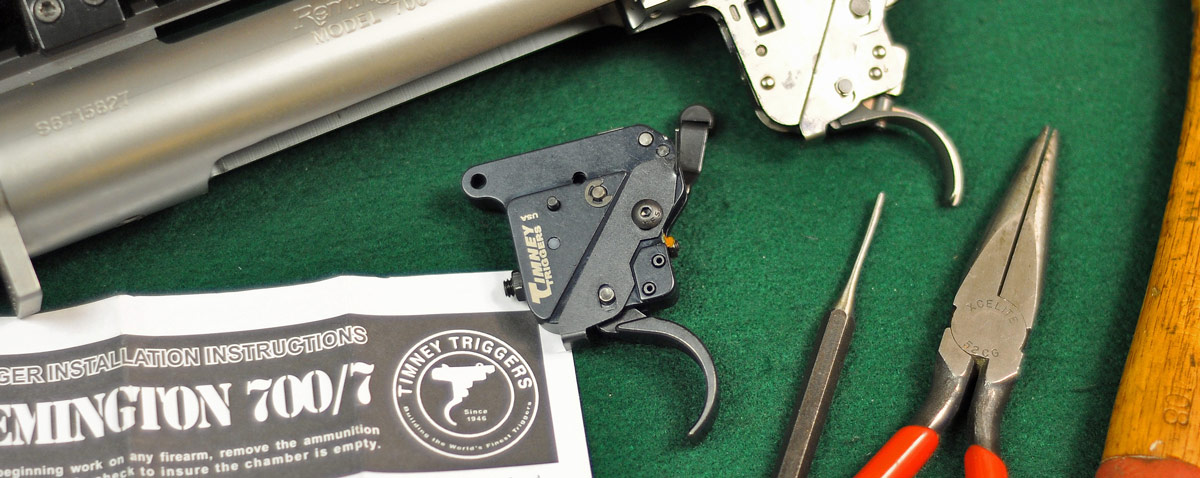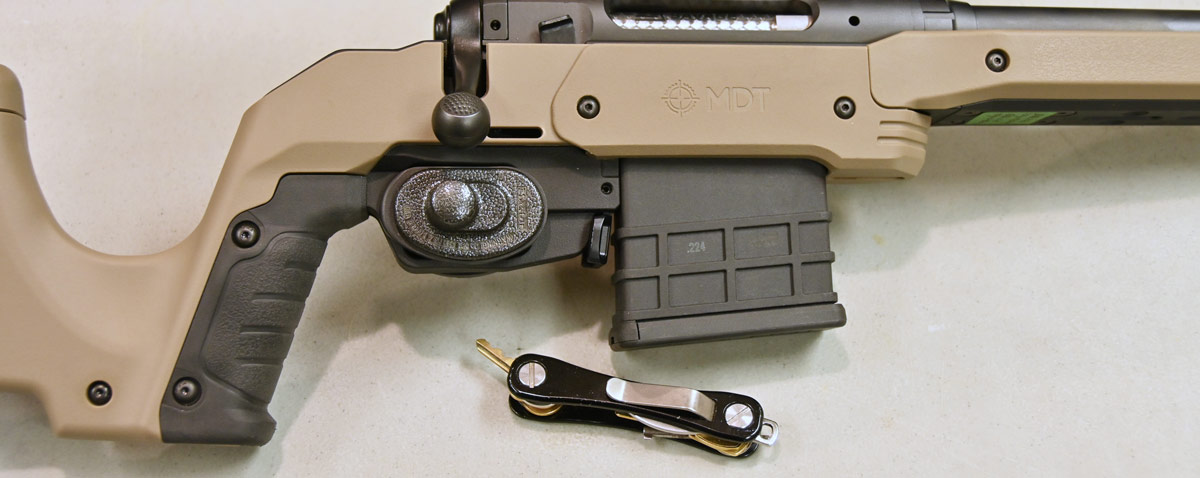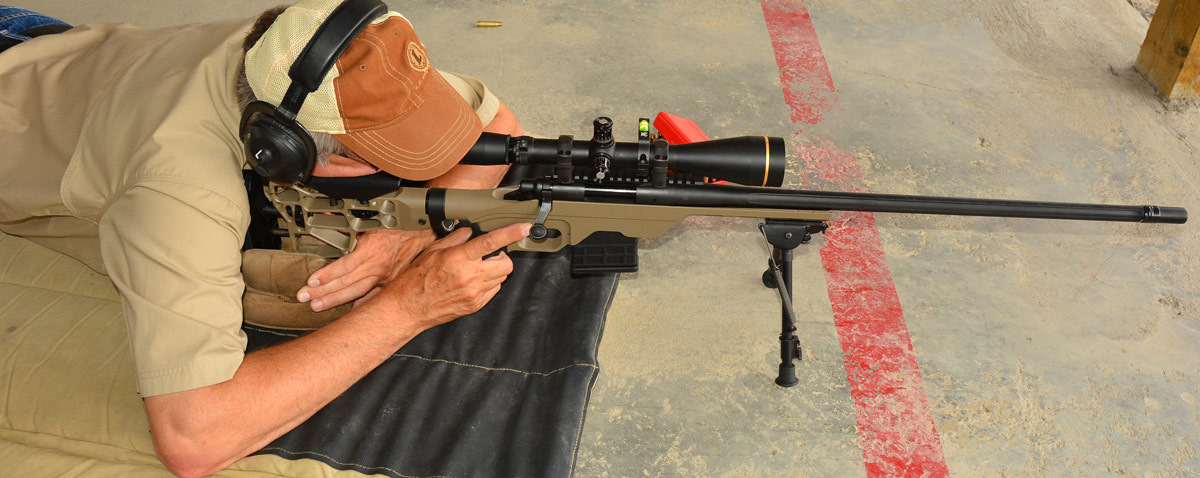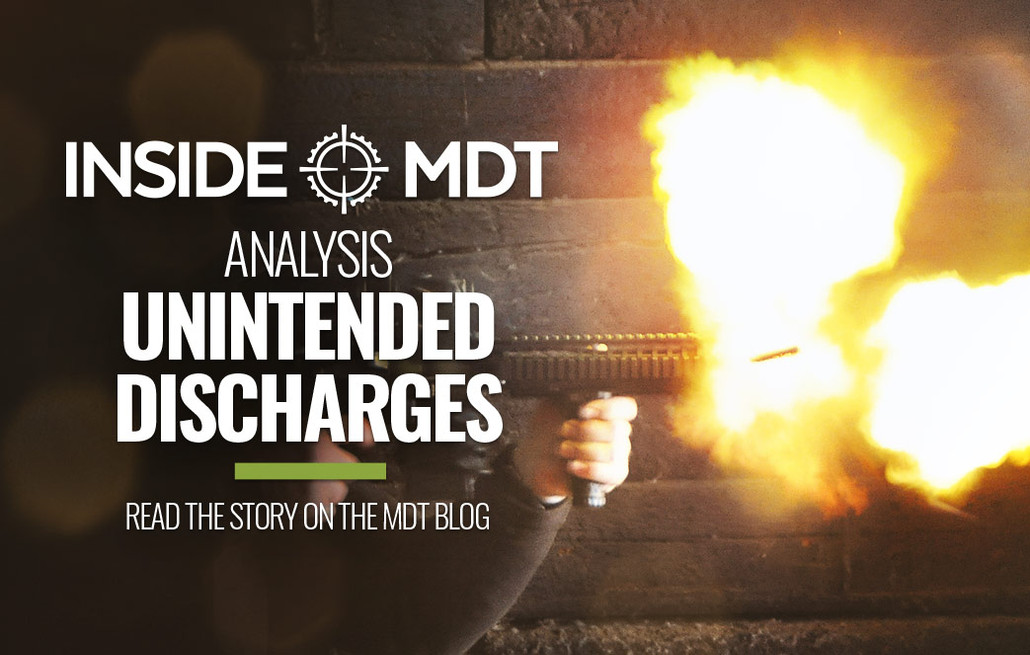Posted by Al Voth on 2022 Jun 2nd
Analysis: Unintended Discharges
Sometimes guns won't fire when they are supposed to—we call those failures to fire. Other times guns fire when they're not supposed to—we call those unintended discharges. (In the United States, they can be called Negligent Discharges or Accidental Discharges) I've probably had more unintended discharges (UDs) than most people, and it's due to forensic firearms work and the job requirement of having to test unsafe guns. Of course, most UDs don't happen because of a damaged gun. The most common problem is unsafe handling, also known as operator error. Right now, my count stands at five UDs myself and five, which I've witnessed other people have. And then there are the cases I've assisted in investigating where unintended shots have been fired. I lost count of those long ago, but it's involved police, military, and civilian gun handlers. As a result, I've compiled a list of why these things happen.
DEFECTIVE GUNS AND AMMO
The list of what can go wrong here is extensive and too long to detail. It includes a poorly designed firearm or part, as well as instances where a part of the firearm has failed due to wear, abuse, improper modification, or lack of maintenance. Often the safety/trigger components are involved simply because these are the most complicated and fragile mechanisms of most firearms. The solution is always to ensure your guns and ammo are in perfect operating condition.
More: How to Clean your Rifle Chamber

Replaced or modified trigger/safety systems must be thoroughly tested and inspected to ensure safe operation.
OPERATOR ERROR
Undoubtedly, the most common unintentional discharge is still the "I didn't know it was loaded" event. This is pure operator error and is always the result of failing to check the firearm's chamber and magazine properly. Fumbling in the loading or unloading process is also common and why police locker rooms have bullet-catching boxes into which a service gun must be pointed when loading or unloading. Always ensure you understand the manual of arms for every firearm you handle and follow the basic rules of firearm safety. Also, ensure people who don't have the training/maturity to handle firearms don't have access to your guns.

Always secure guns to prevent access by unauthorized/unqualified users.
POOR TACTILE TRIGGER REFERENCE
Poor tactile reference is a fancy way of saying the shooter can't feel the trigger sufficiently to control when the gun discharges. It usually happens with people who run too-light triggers for the shooting activity they're involved in. These triggers work fine at the range in mid-summer, but on a frigid morning during a hunt or at a match, when fingers become numb, accidents can happen. Wear gloves to keep your hands warm and save the ultra-light hair triggers for specific events like F-Class and Benchrest shooting.
LOSS OF MOTOR CONTROL
It is common knowledge that alcohol and drugs work to impair a person's muscle control. But did you know adrenaline can impair your motor skills as well? We all get a dose of adrenaline when a trophy elk steps out of the trees or when we step up to the line in a shooting match. For most of us, it's just a rush, but it can hit some people hard enough to make them dangerous with a firearm. Adrenaline can increase heart rate and will hamper complex motor skills, especially if your heart rate gets over 145 beats per minute. Above 175 bpm, cognitive processing deteriorates, which includes tunnel vision, loss of depth perception, and auditory exclusion. Every gun owner needs to understand this and be ready to intervene if we see it in others.

Keep your finger off the trigger until ready to shoot.
INVOLUNTARY MUSCLE CONTRACTION
Sometimes our muscles seem to act independently, with no thought required. These can be involuntary contractions, the result of signals that arise from other locations within the nervous system than the deliberate/intentional part of the brain. Three neuro-muscular events can result in unintentional discharges.
- The first type is a startle response, where sudden loud auditory or overwhelming visual stimuli cause an involuntary reaction that begins with an eye blink and progresses to contractions of the limbs, including the trigger finger.
- The second type is balance disturbance. These rapid muscle contractions occur when the human body experiences a sudden loss of balance. These contractions are generated by the nervous system trying to return the body to equilibrium, resulting in an unintended discharge.
- And lastly, sympathetic contraction is the body's inability to completely isolate any limb's movement to that limb alone. If you grip something tightly with only one hand, the other hand wants to contract too. If for some reason, you must abruptly grasp your gun tightly, your trigger finger will reflexively tighten too.
THE RULES OF FIREARM SAFETY
We prevent UDs and mitigate bodily injury by educating ourselves on what causes them and following the basic firearms safety rules.
- Treat every gun as if it's loaded until you prove otherwise.
- Never let a gun's muzzle point at anything you're not willing to see shot.
- Keep your finger off the trigger until you're ready to shoot
- Be sure of your target and what's in front of it and behind it.
- Always secure your guns to prevent unauthorized use. Keep your gun clean and in working order.
ABOUT THE AUTHOR
Al Voth calls himself a "student of the gun." Retired from a 35-year career in law enforcement, including nine years on an Emergency Response Team, he now works as an editor, freelance writer, and photographer and keeps active as a consultant in the field he most recently left behind forensic firearm examination. He is a court-qualified expert in that forensic discipline, having worked in that capacity in three countries. These days, when he's not working, you'll likely find him hunting varmints and predators (the 4-legged variety).


 EUR
EUR
 Canadian Dollars
Canadian Dollars
